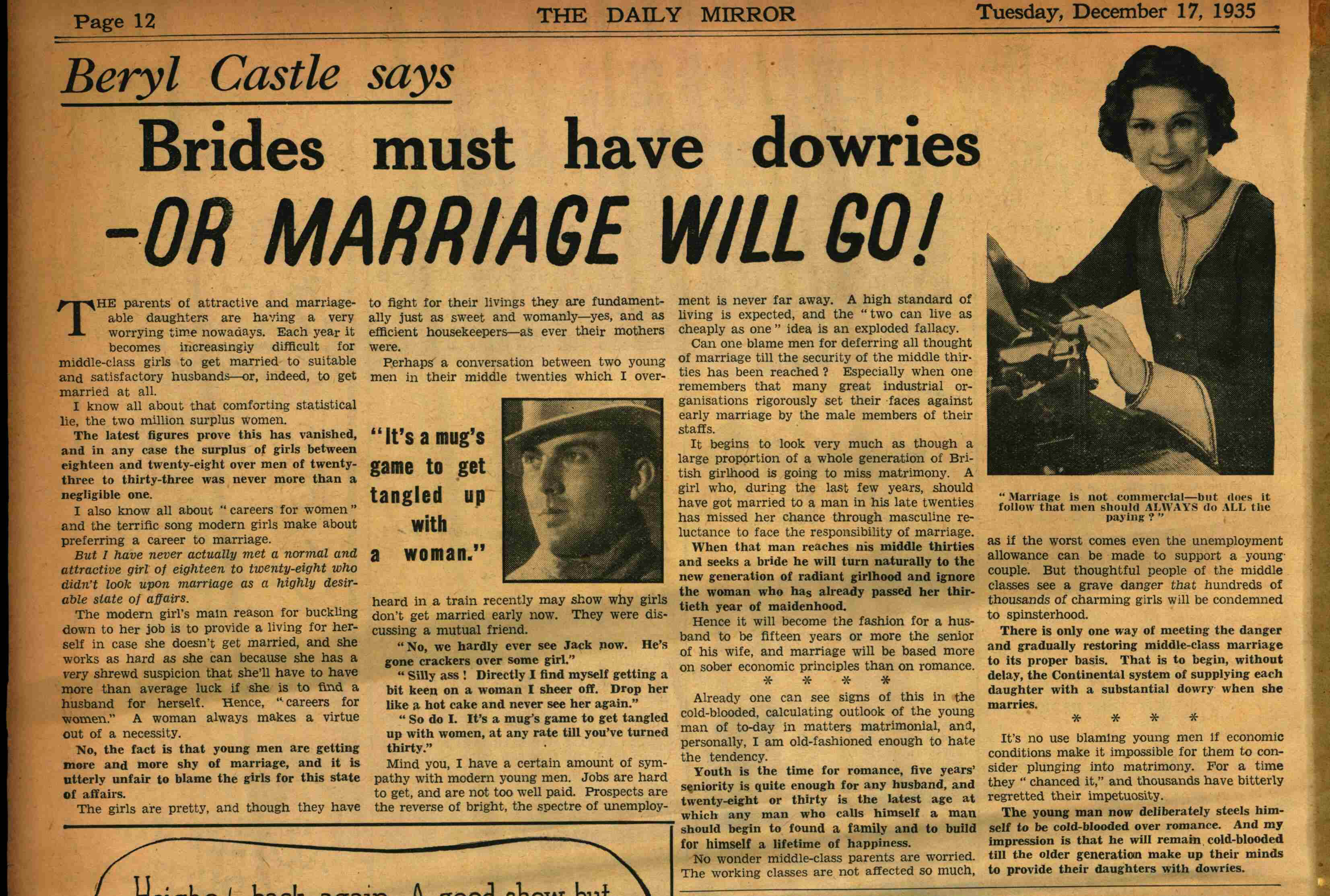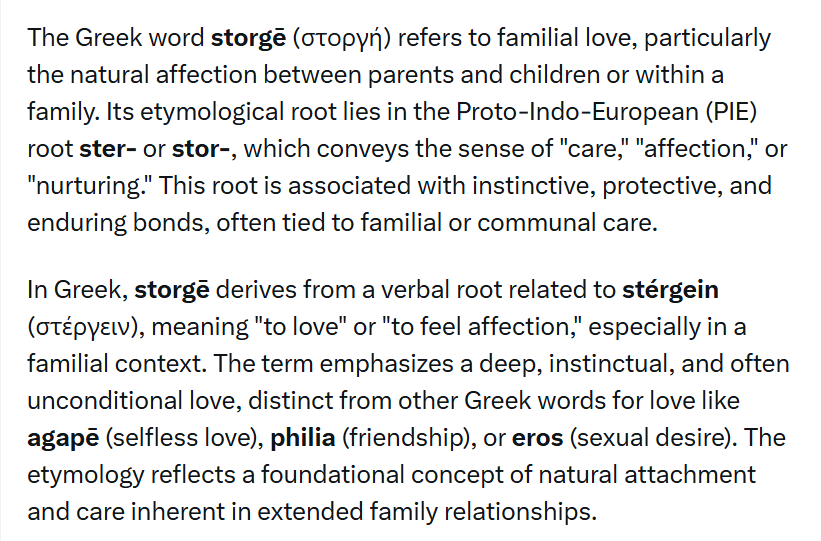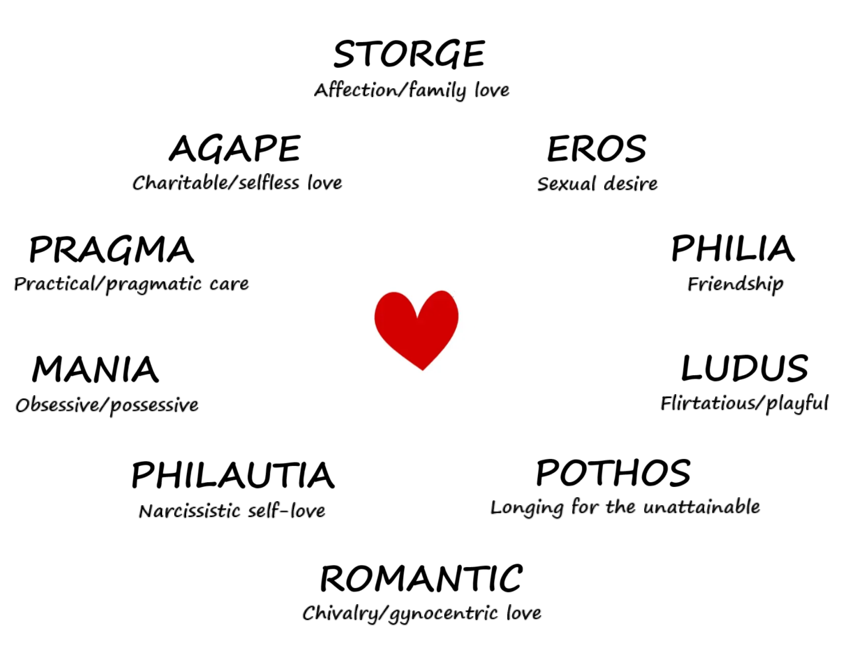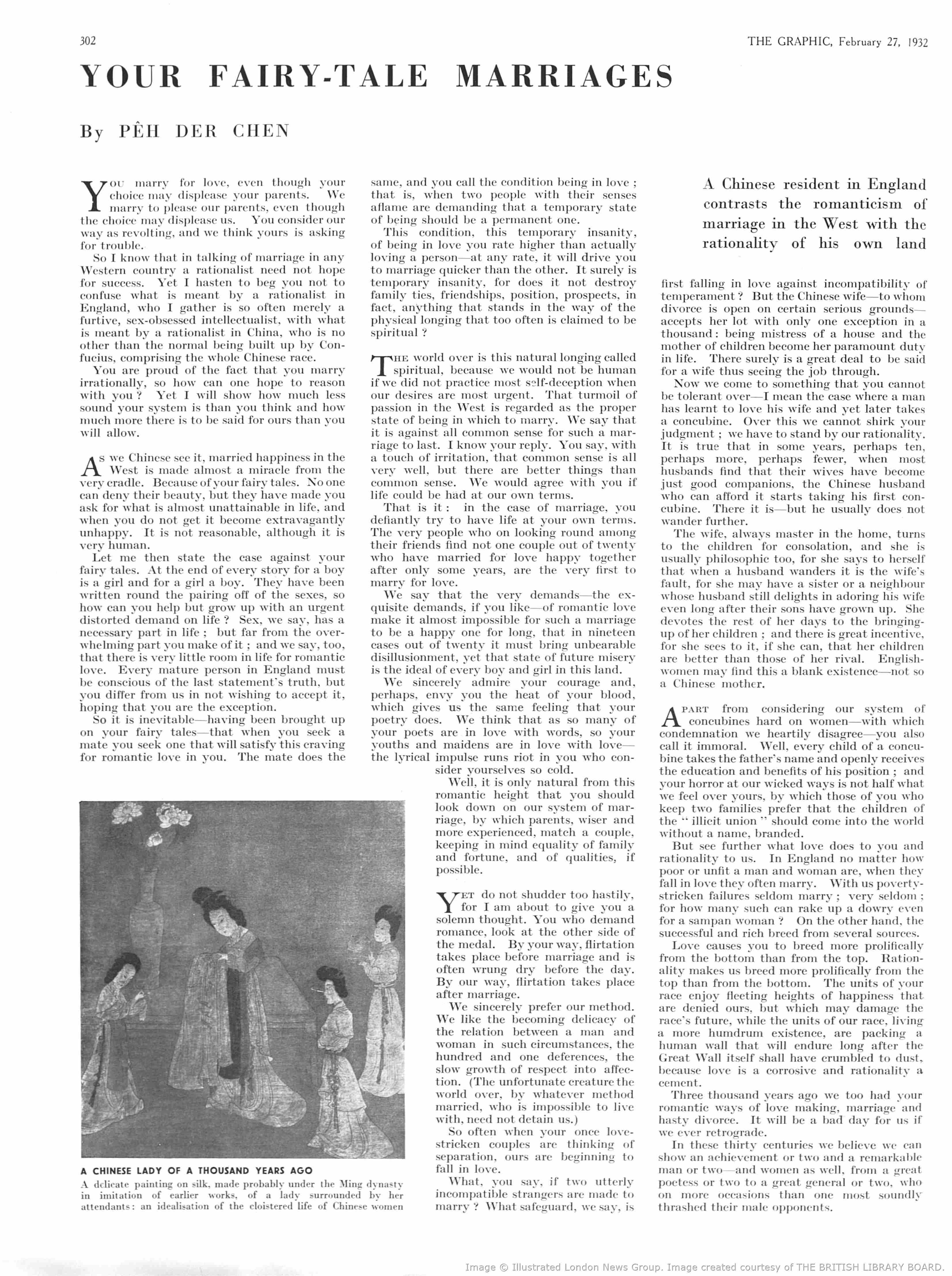The following article by Beryl Castle was published in the Daily Mirror – Tuesday 17 December 1935:
Author: gynocentrism
Is Love Enough To Marry On? (1927)
The evolution of gynocentrism via romance writings – Part 2
The following excerpt from The Family, Sex and Marriage in England, 1500-1800 by Lawrence Stone describes the timeline during which English marriages switched from traditional modes of arrangement and exchange of dowry, to romantic love as primary influence on relationship formation. This change, finds Stone, was stimulated by the rise of female-authored romance novels in the 1700s and their wide dissemination.
.
Note: A central link between these female romance writers and thier medieval forebears can be found in the English work Le Morte d’Arthur (1470) which was a retelling of medieval romantic tales by the English knight Sir Thomas Malory. Its influence on women’s novel writing in the 1700s, its broader impact on the romance genre, and the 19th-century Arthurian revival, helped to shape the literary landscape for women writers.
Storge: the root meaning
GROK gives the etymological root meaning of storge (family love):
Fulltext version:
The Greek word storge refers to familial love, particularly the natural affection between parents and children or within a family. Its etymological root lies in the Proto-Indo-European (PIE) root ster- or stor-, which conveys the sense of “care,” “affection,” or “nurturing.” This root is associated with instinctive, protective, and enduring bonds, often tied to familial or communal care.
In Greek, storge derives from a verbal root related to stérgein, meaning “to love” or “to feel affection,” especially in a familial context. The term emphasizes a deep, instinctual, and often unconditional love, distinct from other Greek words for love like agape (selfless love), philia (friendship), or eros (sexual desire). The etymology reflects a foundational concept of natural attachment and care inherent in extended family relationships.
Gold Pill Philosophy
Below are a selection of articles discussing the nature of gold-pill philosopy.
– A Very Short Definition Of The ‘Gold Pill’ (Peter Wright)
– Taking the Gold Pill: A Paradigm Shift in Understanding Relationships
– Gold Pill Credo on Reddit (by iTrebor)
– This Is Shah: Why the Gold Pill?
– Urban Dictionary Definition for The Gold Pill (Mundus Imaginalis)
– The Gold Pill: Rebuilding Relationships With Ancient Wisdom (Sufjan S. Fannin)
– The Gold Pill: What It Can Do For A Civilization On The Brink (Sufjan S. Fannin)
– The Gold Pill: Checkmate, Trad Con-Artists (Sufjan S. Fannin)
– I Am the Table—Rethinking Contributions in Modern Relationships (Sufjan S. Fannin)
– An Early Call For The Gold Pill: A Cultural Convention Condemned – (1948)
– The Discussion – The Gold Pill Emerges (with Paul Elam and Shah)
– The Gold Pill & Kinds Of Love (by Suviya)
– Gold Pill And The Modwife (by Vernon Meigs)
– ThisIsShah Comments On Potential First Gold Pill Overdose
– Gynocentric vs non-gynocentric values for men (Peter Wright)
This Is Shah: Why the Gold Pill?
To those wondering why we created the gold pill, we did so to offer something beyond the typical Manosphere talking points which in recent times have become tired and stale.
As the voice behind the This Is Shah YouTube channel, I have spent my efforts excavating the lost knowledge of marriage transactions in human history. This field has been well documented by anthropologists, especially from the 60’s and 70’s onward. and includes information about marriage transactions such as the Dowry and Bridewealth (formerly Brideprice). Take this quote from The Economics of Dowry and Brideprice by Siwan Anderson:
Most societies, at some point in their history, have been characterized by payments at the time of marriage. Such payments typically go hand-in-hand with marriages arranged by the parents of the respective spouses. These marriage payments come in various forms and sizes but can be classified into two broad categories: transfers from the family of the bride to that of the groom, broadly termed as “dowry,” or from the groom’s side to the bride’s, broadly termed as “brideprice.” Brideprice occurs in two-thirds of societies recorded in Murdock’s (1967) World Ethnographic Atlas of 1167 preindustrial societies. Conversely, dowry occurs in less than 4 percent of this sample. However, in terms of population numbers, dowry has played a more significant role, because the convention of dowry has occurred mainly in Europe and Asia, where more than 70 percent of the world’s population resides.
However, somehow the manosphere has managed to completely miss this information and what it means for relationships in the modern world. I, and the others here who have taken the Gold Pill, aim to correct this.
We have a trove (or rather a dowry chest) full of information which include academic/scholarly papers, newspaper articles, and media from different time periods that more than demonstrate, decisively and precisely, how the marriage market operated with regard to economics and the material concerns of both parties involved.
As the r/goldpill_ subreddit develops, I plan to share what I have and it is my desire to see this forum become a place of honest discussion between participants who wish to understand and absorb the gold pill better. Ultimately, I would like to see people, especially men, process this information in a way that will help us to collectively bargain and negotiate better for marriage and within relationships, in a way that is fair and just. The memory of this information I believe will be necessary to help men navigate the uncertain future we have ahead of us.
Are we going back to the way things were? No, we are not, not in my belief, the world has experienced too many changes, and nothing short of a collapse and total reset will take us back to how things used to be. However, with this knowledge, we will craft a new way forward that gives to each what is owed.
-Shah
Gold Pill Credo
The following is a ‘gold pill credo’ written by iTrebor in collaboration with gold-pill friends & associates.
Gold Pill Credo
I. We Should Not Pretend
- Love has never been free.
- It was once transacted in land, gold, and livestock — now it’s traded in lifestyle, beauty, and attention.
- We do not pretend this isn’t the case.
- The Gold Pill is not bitter. It is honest.
II. The Dowry Never Died — It Just Changed Hands
- The dowry system was not abolished.
- It was absorbed into men’s obligations and disguised as “romance.”
- Where once a woman brought capital to a union, she is now told her beauty is the capital.
- We reject the lie that aesthetics are contribution.
III. We Study History Because We Refuse Amnesia
- For centuries, marriage was never about just love.
- It was economic alliance, intergenerational security, and cooperative survival.
- The dowry was infrastructure — not oppression.
- We read history not to mourn the past, but to expose the present.
IV. Provision Without Reciprocity Is Slavery
- Men are told: “Be the provider, or you are not a man.”
- Meanwhile, women are told: “If he truly loves you, he’ll expect nothing in return.”
- This is not partnership — it is parasitism.
- Gold Pill does not hate women. It rejects imbalance.
V. Romance Is a Luxury — Not a Foundation
- Emotions are real, but they are not a plan.
- Every system that replaced dowries with “love” has seen rising resentment, broken homes, and delayed families.
- We believe in love that rests on structure — not fantasy.
VI. The Government Became the New Father — And It’s Colder
- When families stopped providing dowries, the state stepped in — with welfare, severance, subsidies.
- The result? Women became dependents of institutions, not men.
- This is not independence. This is rebranded reliance.
- We aim to build lives with agency, not outsourced responsibility.
VII. We Are Not Red Pill. We Are Not Blue Pill. We Are Gold.
- Red sees manipulation, Blue sees magic. We see incentives.
- We do not retreat into rage. We do not escape into dreams.
- We remain in reality — and rebuild from it.
VIII. The New Dowry Is Not a Price Tag. It’s a Mindset.
- We don’t demand gold. We demand value: emotional maturity, practical reciprocity, shared mission.
- If you bring nothing, you are not oppressed. You are irrelevant.
- Gold Pill is not about transactions — it’s about fairness.
IX. We Reclaim Courtship As Strategy, Not Game
- The modern mating market is broken — not because people are evil, but because incentives are misaligned.
- Gold Pillers don’t chase. They evaluate.
- They don’t manipulate. They negotiate.
X. Gold Pill Is the Antidote to Gold Digging
- Not because we reject value — but because we insist it be mutual, conscious, and earned.
- Gold diggers commodify love without honesty. Gold Pillers restore value with clarity.
A Very Short Definition Of The ‘Gold Pill’
Based on conversations about the gold pill, the shortest description of it involves a twofold motive:
1. Men expecting women to come to the relationship table with a material/financial commitment, and
2. Rejection of the unbalanced romantic model that favors passion over pragmatic concerns.
________________________________________________
Footnote 1: According to notable proponent of the gold pill ThisIsShah, the philosophy offers something beyond the typical manosphere talking points which in recent times have become tired and stale. He has excavated lost knowledge of marriage transactions in human history, a topic that has been well documented by anthropologists, especially from the 60’s and 70’s onward, and which includes information about marriage transactions such as the Dowry and Bridewealth (formerly Brideprice).
In The Economics of Dowry and Brideprice by Siwan Anderson we read:
“Most societies, at some point in their history, have been characterized by payments at the time of marriage. Such payments typically go hand-in-hand with marriages arranged by the parents of the respective spouses. These marriage payments come in various forms and sizes but can be classified into two broad categories: transfers from the family of the bride to that of the groom, broadly termed as “dowry,” or from the groom’s side to the bride’s, broadly termed as “brideprice.” Brideprice occurs in two-thirds of societies recorded in Murdock’s (1967) World Ethnographic Atlas of 1167 preindustrial societies. Conversely, dowry occurs in less than 4 percent of this sample. However, in terms of population numbers, dowry has played a more significant role, because the convention of dowry has occurred mainly in Europe and Asia, where more than 70 percent of the world’s population resides.”
Somehow the manosphere has managed to completely miss this information and what it means for relationships in the modern world. However, the trove of information – which includes academic/scholarly papers, newspaper articles, and media from different time periods – more than demonstrate, decisively and precisely, how the marriage market operated with regard to economics and the material concerns of both parties involved, suggesting that commensurate economic contribution toward relationships can happen today even if we do not wish to replicate older models and quaint customs precisely.
Footnote 2: Romantic love is based on a feudal model of men providing love service to women, with women expected to contribute little to a relationship other than natural beauty and innate moral purity. The romantic model is at odds with the traditional idea of women coming to the relationship table with a material contribution, and over time it tends to weaken the expectation of female contribution.
Other forms of love are sometimes conflated with the romantic model, loves that are more compatible with the idea of women contributing; these include loves such as storge (spousal and family affection), eros (sexual desire & pleasure), agape (selfless, charitable love), philia (friendship), and pragma (practical, pragmatic love as symbolized by dowry or other material offerings).
Freedom (Greek eleutheria) is also relevant to the formation of relationships today, as it underpins the freedom to choose a partner. The only freedom of choice in the romantic model, however, is the freedom for a woman to choose a vassal, and the freedom for a man to choose his domina. It’s a very narrow set of choices. Outside the romantic model, freedom of choice allows people to select from a far greater range of love-styles and qualities in a prospective partner.
Taking the Gold Pill: A Paradigm Shift in Understanding Relationships
The concept of “taking the gold pill” represents a pragmatic acknowledgment that financial resources, economic realities, and societal expectations are deeply intertwined with the dynamics of courtship, commitment, gender expectations and marriage.
Far from subscribing to the naive notion that love operates in a vacuum untouched by any material concerns, the gold pill invites both men and women to confront the undeniable influence of wealth and material status on romantic relationships. This perspective does not cynically reduce love to a transactional exchange but instead fosters a clear-eyed understanding of how economic factors shape human connections in modern society.
By embracing the gold pill, individuals are equipped with the intellectual and emotional tools to navigate the complex interplay between affection and ambition, desire and security. This approach encourages men to recognize the pressures to provide or perform as a “successful” partner who is expected to cater to women’s every want, while for women, it could involve questioning the expectation to prioritize dependency over financial contribution, stability and independence.
The gold pill fosters open conversations about money, power, and vulnerability, dismantling the taboos that often shroud these topics in romantic contexts. By doing so, it paves the way for more authentic connections, where partners can negotiate their needs and expectations with transparency and mutual respect. Ultimately, the gold pill is not about surrendering to materialism but about mastering the art of balancing love, ambition, and self-awareness in a world where resources and relationships are inextricably linked.















